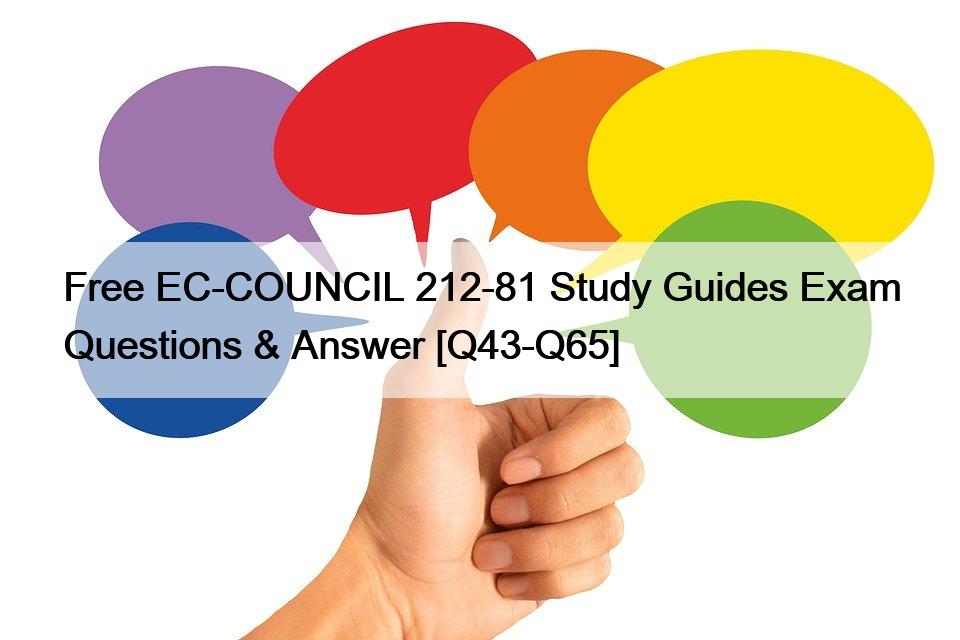|
This page was exported from Exams Labs Braindumps
[ http://blog.examslabs.com ] Export date: Wed Apr 2 18:01:56 2025 / +0000 GMT |
Free EC-COUNCIL 212-81 Study Guides Exam Questions & Answer [Q43-Q65] Free EC-COUNCIL 212-81 Study Guides Exam Questions and Answer 212-81 Exam Dumps, 212-81 Practice Test Questions Latest 212-81 Actual Free Exam Questions Updated 200 Questions: https://www.examslabs.com/EC-COUNCIL/ECES/best-212-81-exam-dumps.html |
|
Post date: 2022-11-20 09:18:43 Post date GMT: 2022-11-20 09:18:43 Post modified date: 2022-11-20 09:18:43 Post modified date GMT: 2022-11-20 09:18:43 |